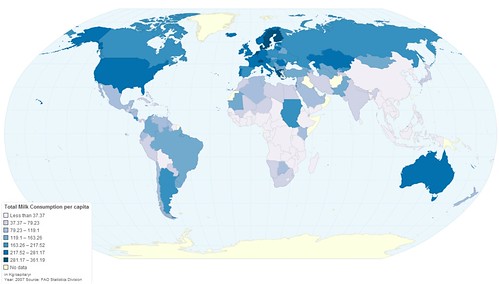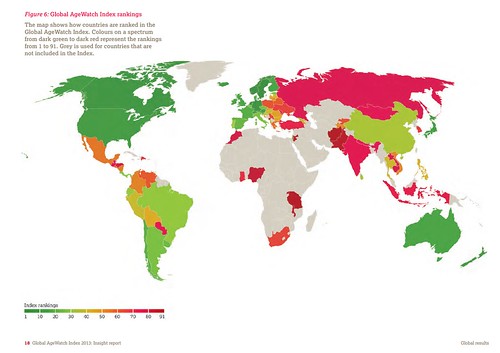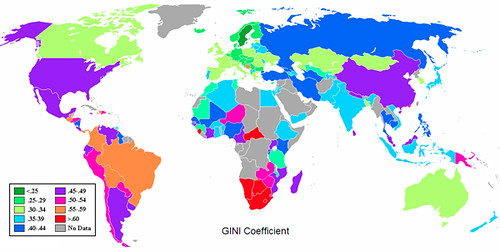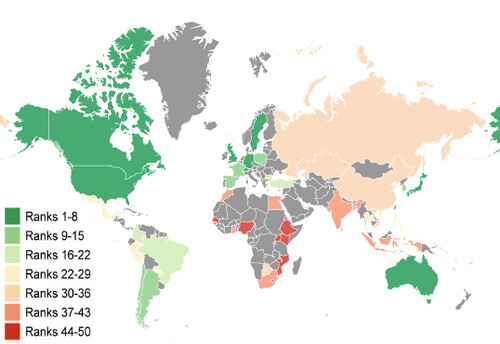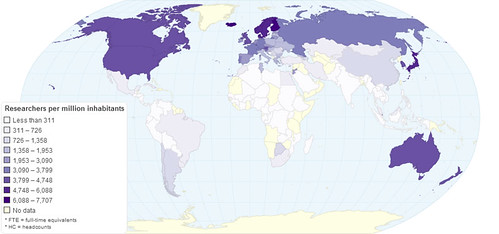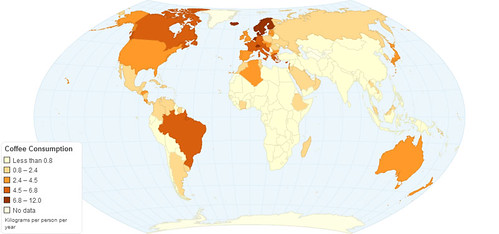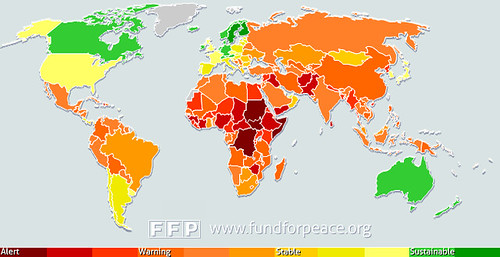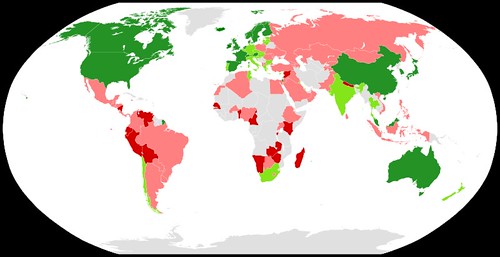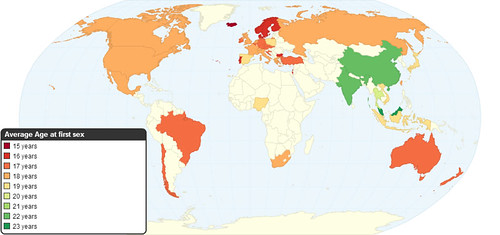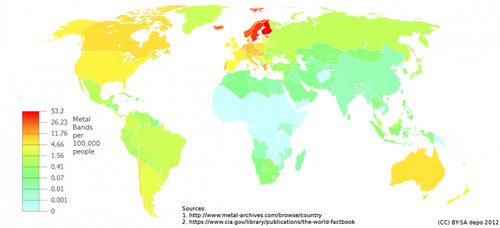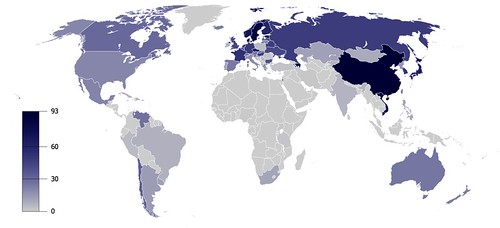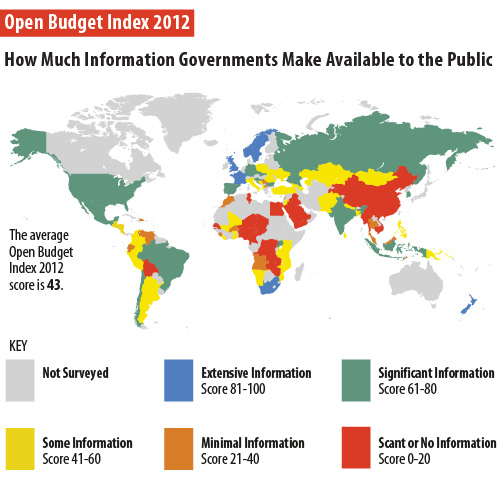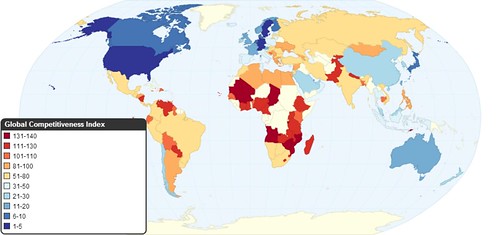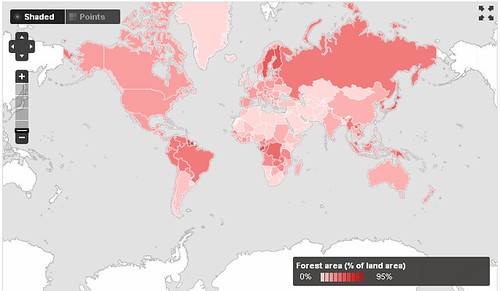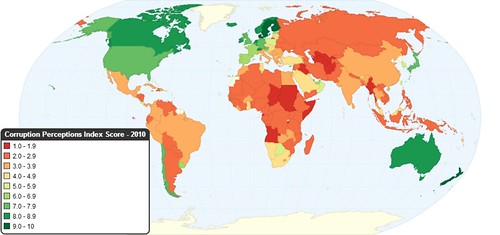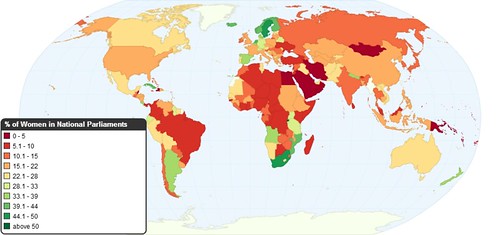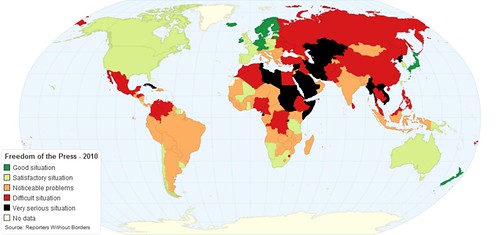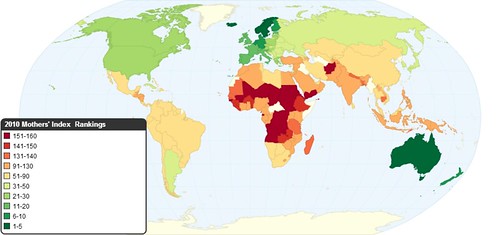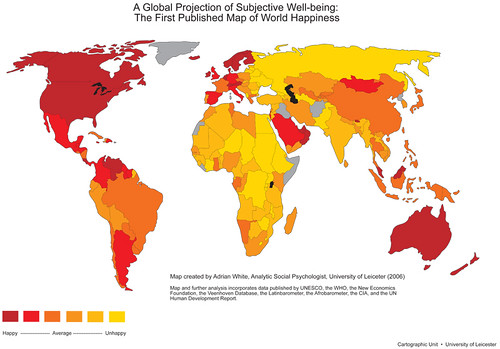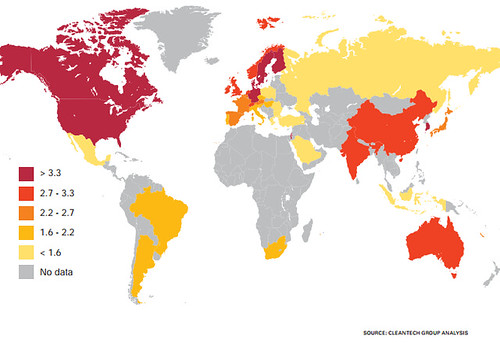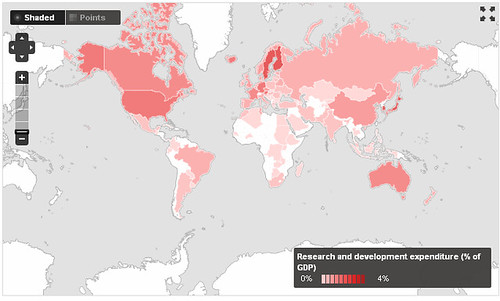Sweden is a neutral country, a fact that has helped keep us out of war for 200 years. We like to think of ourselves as quite moderate people. We even have our own unique word, “lagom“, which means not too much and not too little, rather “just enough”. But we might not be just as average as we would like to think. In many aspects, Sweden is the most progressive and extreme country in the world.
Here are 25 maps that show Sweden being ranked number one or in the very top on various facts. Click on the maps for larger versions.
1. Milk consumption per capita
Via Foodbeast
2. Global AgeWatch Index 2013
Via GlobalAgeWatch
3. Equal distribution of income – Gini coefficient
Via the Atlantic
4. Gender Inequality Index
5. Social Progress Index
Via SPI
6. Number of researchers per million inhabitants
7. Coffee consumption per capita
8. Failed States Index 2013
9. BCG Global Innovation Index 2013
Sweden ranked #2. Via Wikipedia
10. One of only 22 countries Britain has not invaded
Via the Telegraph
11. Average age at first sex
12. Heavy metal bands per 100,000 inhabitants
Via Slate.com
13. Percentage of 15-year-olds who discuss political or social issues with their parents several times per week (Sweden among lowest)
14. Least religious countries
15. Government information transparency
16. Global Competitiveness Index
17. Forest area in percent of land area
18. Corruption index
19. Percentage of Women in National Parliaments
20. World Press Freedom Index
21. The best countries to be a mother
22. Map of world happiness
23. Global Cleantech Index
24. Research and development expenditure as percent of GDP
Via World Bank
25. Fixed broadband internet subscribers per 100 people
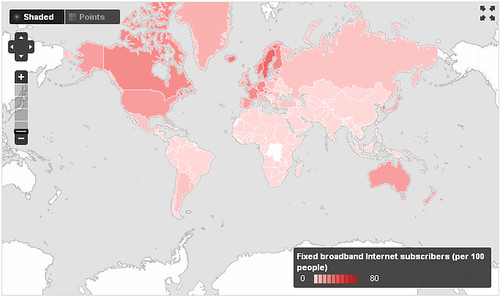
Via World Bank
And finally a bonus chart. The result of the World Values Survey shows that Sweden is quite alone in the upper right hand corner. The graph below ranks countries on factors such as self expression values vs survival values and secular-rational values vs traditional values.
Footnote: Inspired by 40 Maps That Will Help You Make Sense of the World. This is a translated version of my post that was first published in Swedish on my blog “Sociala Medier“.
